Retrospective of Bubsy 3D
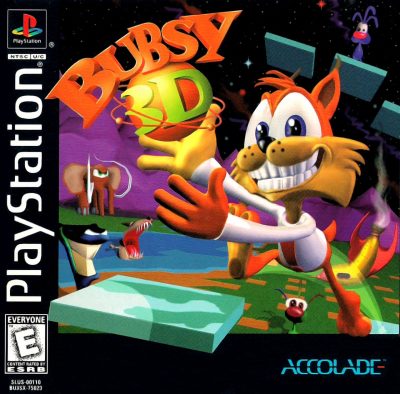 “Playing Bubsy 3D feels like watching Forrest Gump, except every time Forrest Gump says ‘momma,’ Stone Cold Steve Austin punches you in the stomach.” – Noah’s Game Reviews
“Playing Bubsy 3D feels like watching Forrest Gump, except every time Forrest Gump says ‘momma,’ Stone Cold Steve Austin punches you in the stomach.” – Noah’s Game Reviews
By Patrick S. Baker
Bubsy 3D also known as Bubsy 3D: Furbitten Planet, or Bubsy is 3D in Furbitten Planet was released in 1996 and enjoys a singular place in video game history. The game was one of the earliest attempts to bring a favorite 2D platforming character into the world of 3D gaming. As such, Bubsy 3D sought to push boundaries and capture the imagination of players.
The first three Busby games were innovative and successful. Busby: The Adventure Begins introduced players to the charismatic hero, Busby the Bobcat, and offered challenging platforming gameplay in vibrant worlds. The second installment, Busby’s Quest: The Enchanted Kingdom, took players on a mystical journey filled with puzzles, mazes, and magical encounters.
Finally, there was Busby’s Galactic Adventure which expanded the series into space, providing players with thrilling spaceship piloting, cosmic exploration, and encounters with extraterrestrial beings. These games combined engaging game play mechanics, visually appealing environments, and a sense of adventure. Each installment brought new challenges and expanded the Busby universe.

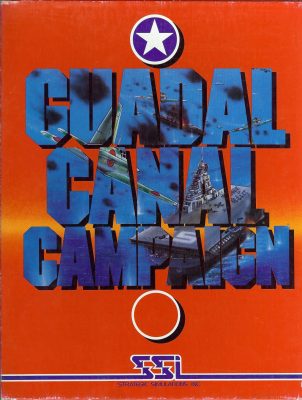 “Before Guadalcanal, the enemy advanced at his pleasure—after Guadalcanal, he retreated at ours.” – Adm. William F. (Bull) Halsey, USN
“Before Guadalcanal, the enemy advanced at his pleasure—after Guadalcanal, he retreated at ours.” – Adm. William F. (Bull) Halsey, USN By Patrick S. Baker
By Patrick S. Baker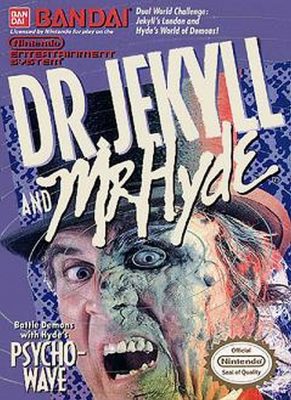 “Flawed on every fundamental level, Dr. Jekyll and Mr. Hyde is possibly the most unplayable garbage available on the Nintendo Entertainment System.” — Game Informer
“Flawed on every fundamental level, Dr. Jekyll and Mr. Hyde is possibly the most unplayable garbage available on the Nintendo Entertainment System.” — Game Informer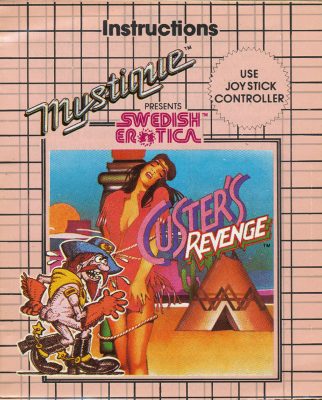 “This game is so bad it makes Superman 64 look like Doom.” — anonymous game reviewer
“This game is so bad it makes Superman 64 look like Doom.” — anonymous game reviewer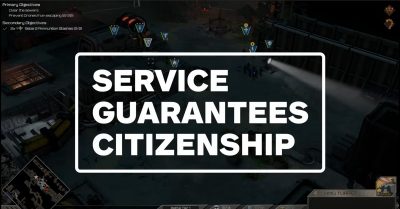
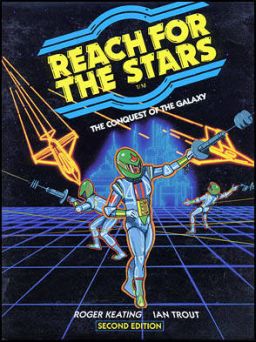 The designation “4X” (standing for “eXplore, eXpand, eXploit and eXterminate”) originated in the Computer Gaming World 1993 preview of Master of Orion by Alan Emrich. In a play-on-words, Emrich rated the game as “XXXX”, referencing the “XXX” rating for pornography. Over time the phrase mutated into “4X” and has been adopted and adapted into a game genre description.
The designation “4X” (standing for “eXplore, eXpand, eXploit and eXterminate”) originated in the Computer Gaming World 1993 preview of Master of Orion by Alan Emrich. In a play-on-words, Emrich rated the game as “XXXX”, referencing the “XXX” rating for pornography. Over time the phrase mutated into “4X” and has been adopted and adapted into a game genre description.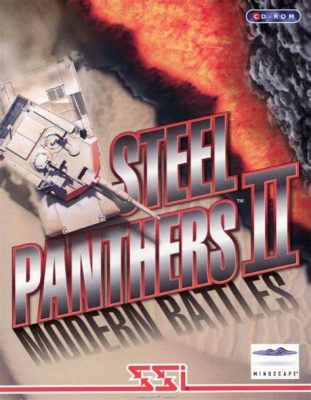 Steel Panthers II: Modern Battles (SPII:MB) was released in November 1996, just one year and two months after the release of the original Steel Panthers (now referred to as Steel Panthers I or SPI). Grigsby had two main goals while developing the new game; one was to improve the animation and the other was to let the players simulate most of the armed conflicts, both major and minor, historical or hypothetical, throughout the world, from 1950 to 1999.
Steel Panthers II: Modern Battles (SPII:MB) was released in November 1996, just one year and two months after the release of the original Steel Panthers (now referred to as Steel Panthers I or SPI). Grigsby had two main goals while developing the new game; one was to improve the animation and the other was to let the players simulate most of the armed conflicts, both major and minor, historical or hypothetical, throughout the world, from 1950 to 1999.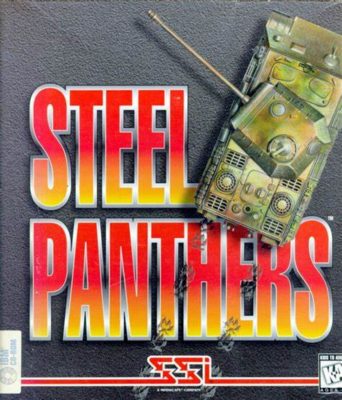 By Patrick S. Baker
By Patrick S. Baker